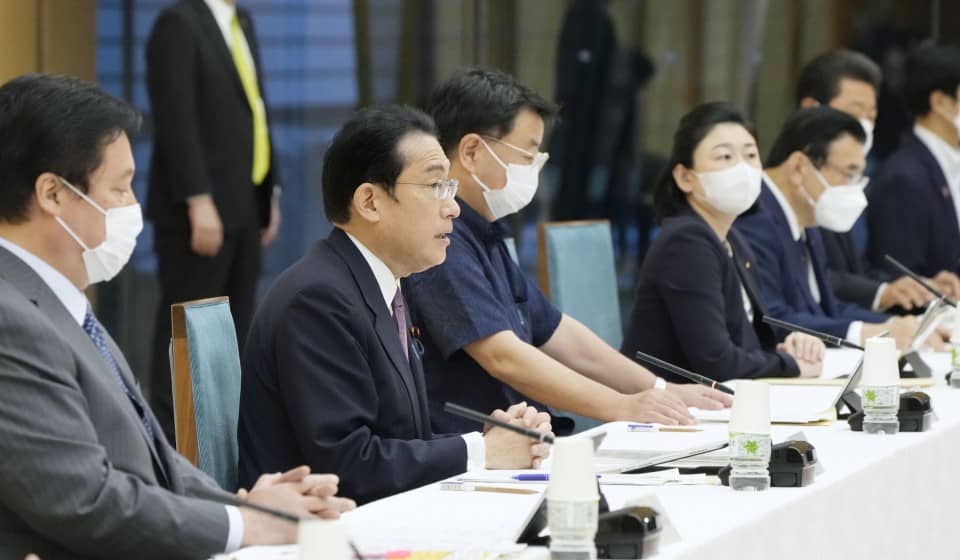Japan to cover 99.9% of households by fiber-optic networks by 2028

Collected Image
Japan will aim for high-speed fiber-optic networks to cover 99.9 percent of households before the fiscal year to March 2028 ends, a government policy showed Wednesday. The plan is a key pillar of Prime Minister Fumio Kishida's vision to ensure not just major cities but also regional areas can have smooth access to digital services in everyday life. Japan has been seen as a laggard in digital transformation globally and the COVID-19 pandemic made the contrast clearer.
Other targets in the policy include increasing the number of people who have expertise in digitalization, such as data scientists, by 2.3 million to 3.3 million in total by the end of fiscal 2026. The government will aim for next-generation 5G wireless networks to cover 99 percent of the population by the end of fiscal 2030 and for seabed cables to be completed surrounding Japan by the end of fiscal 2025, according to its basic policy aimed at promoting digitalization.
"Now that we have the policy, it is time to make whole-of-government efforts to realize the vision and produce visible results," Kishida told a meeting of a panel tasked with pushing the digitalization initiative.
The government is counting on digitalization as a means to help solve challenges faced by an aging society and depopulation in rural areas. It also hopes to make digitalization a growth driver for the economy and create jobs in regional areas, which would encourage more people to move from highly populated cities like Tokyo.
Among Japanese households using broadband services at home, fiber-optic networks accounted for around 58 percent in a government survey released last week. The policy was drawn up after months of discussions by the panel since Kishida became prime minister last year.
The idea of revving up regional economies with the help of digitalization is not new and Kishida's predecessors -- Yoshihide Suga and Shinzo Abe -- have also placed importance on digitalization.
Other targets in the policy include increasing the number of people who have expertise in digitalization, such as data scientists, by 2.3 million to 3.3 million in total by the end of fiscal 2026. The government will aim for next-generation 5G wireless networks to cover 99 percent of the population by the end of fiscal 2030 and for seabed cables to be completed surrounding Japan by the end of fiscal 2025, according to its basic policy aimed at promoting digitalization.
"Now that we have the policy, it is time to make whole-of-government efforts to realize the vision and produce visible results," Kishida told a meeting of a panel tasked with pushing the digitalization initiative.
The government is counting on digitalization as a means to help solve challenges faced by an aging society and depopulation in rural areas. It also hopes to make digitalization a growth driver for the economy and create jobs in regional areas, which would encourage more people to move from highly populated cities like Tokyo.
Among Japanese households using broadband services at home, fiber-optic networks accounted for around 58 percent in a government survey released last week. The policy was drawn up after months of discussions by the panel since Kishida became prime minister last year.
The idea of revving up regional economies with the help of digitalization is not new and Kishida's predecessors -- Yoshihide Suga and Shinzo Abe -- have also placed importance on digitalization.
Source: https://japantoday.com
Tags :
Previous Story
- Japan, U.S. to deepen semiconductor alliance amid supply...
- Japan records trade deficit as imports surge on...
- Foot Operated computer Mouse Wheel Launches in Japan...
- Body-monitoring tech trend comes with concerns
- Kishida calls for aggressive wage hikes in push...
- Japan starts year's 1st day of work amid...
- What are the best ways to invest your...
- Record number of Japanese startups to be at...